Explore all New Cars of 2024
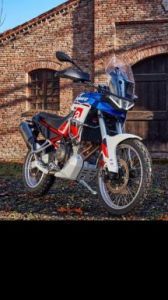 Aprilia Tuareg 660 Launched In India: Image Gallery
Aprilia Tuareg 660 Launched In India: Image Gallery

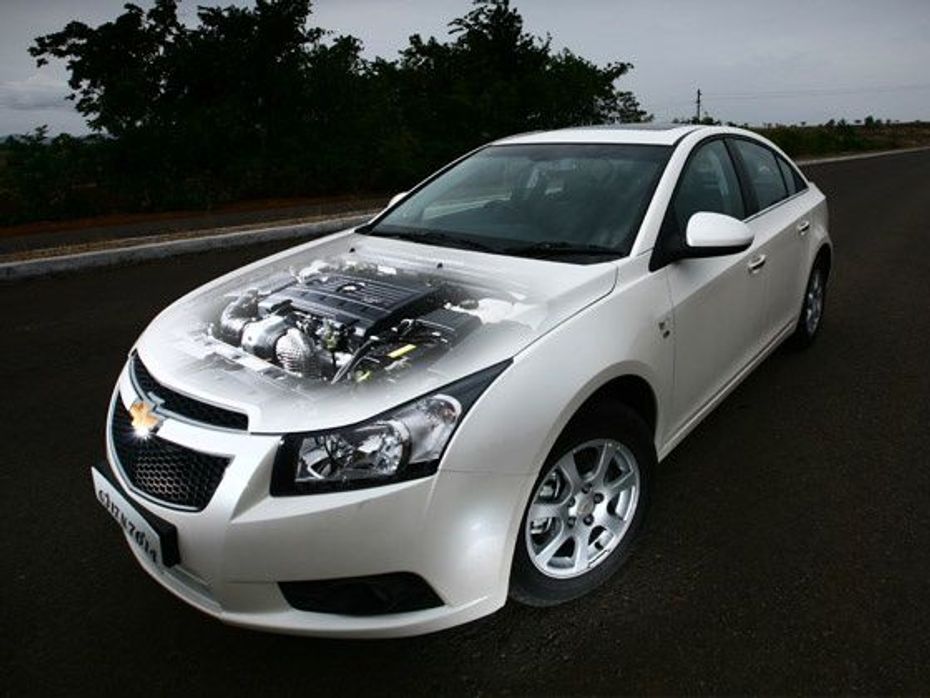
As the old adage goes, “If it ain’t broke, don’t fix it”. This might be a fine philosophy for a lot of car manufacturers in India with regards to their products, but it doesn’t stop a few, and in this case General Motors, from trying to perfect a product which is already rather good. And the car in this case is the Chevrolet Cruze. Of course, there is no such thing as a perfect car, but the Cruze is a potent product that has a lot on its plate to offer for those looking for a stylish and fun to drive diesel sedan. Still, there is always room for improvement and GM has been really paying attention to what customers as well as us motoring hacks have been griping about the Cruze’s drivability.
The 2.0-litre VCDI mill, otherwise brilliant in terms of outputs, suffered from some serious turbo lag issues under 2,000rpm, requiring one to continuously shift gears and rev the engine high in slow moving city traffic to keep from stalling, which in turn was affect fuel economy adversely. So The General decided to tackle the issue head on, which brings us to this ‘new’ Cruze we have here.
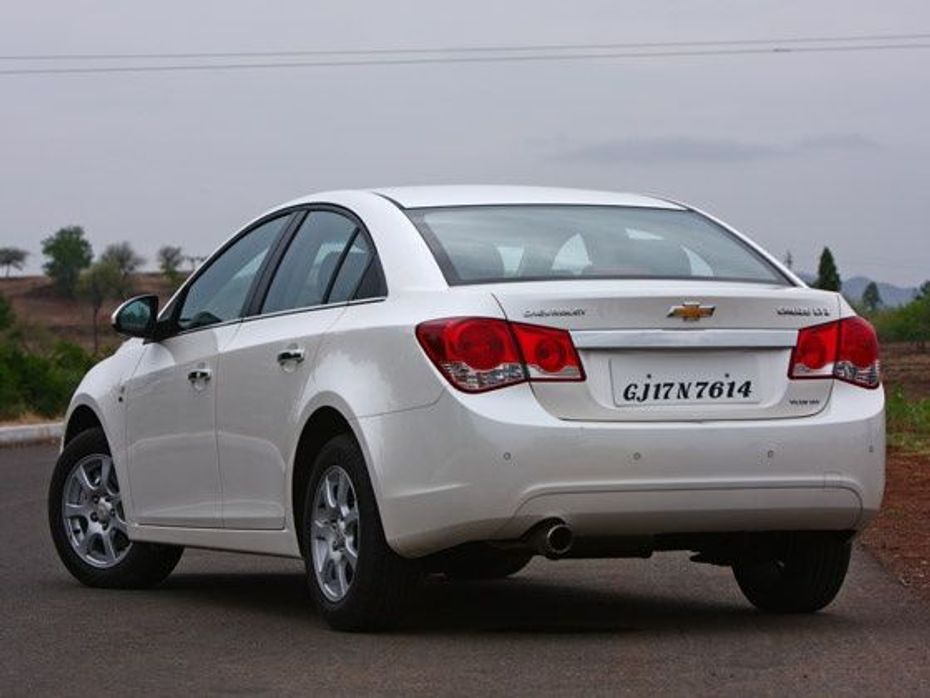
Let me get one thing straight, right off the bat – this isn’t a new car. Nor is this the facelifted Cruze that we saw at the Busan Motor Show in Korea a couple of weeks back (that one is destined for India sometime next year though). What this is, is the same old Chevrolet Cruze that we’ve all come to love with a brand new engine. “Now just wait a minute,” you may say. “What new engine? It’s still a 2.0-litre diesel unit”. Yes, but that’s where the similarity between the old and the new engine ends. While the earlier unit displaced all of 1,991cc, this new one running an absolutely square bore x stroke configuration of 86mm x 86mm has a total swept volume of 1,998cc.
Technical details about the new engine : NEXT >>
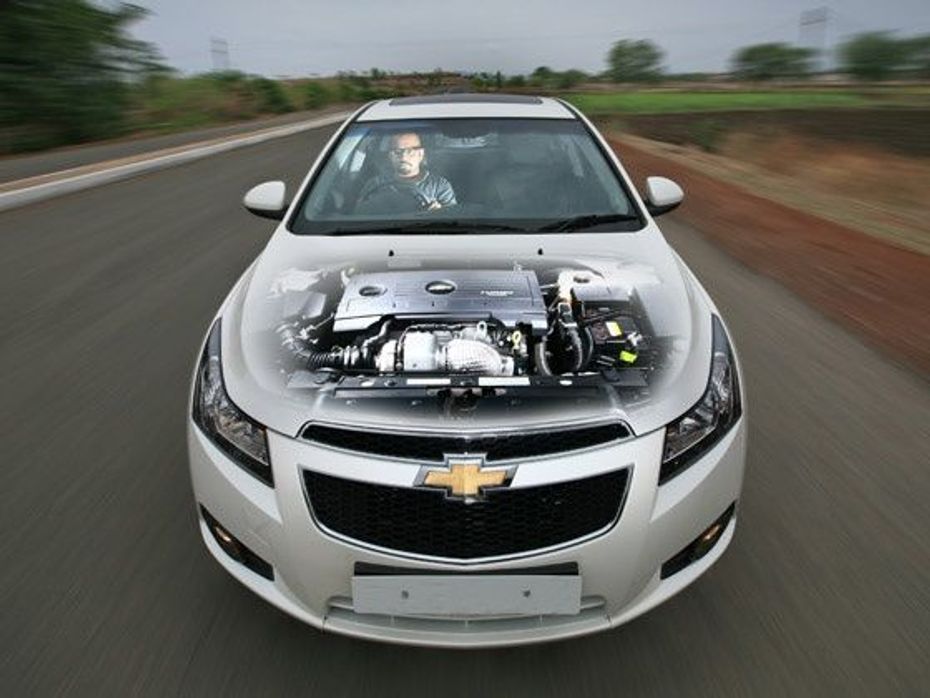
Of course, 7cc is not enough to make any real difference, but the rest of the stuff does. For one thing, this new mill is running a revised head with twin-camshaft setup, as opposed to the single one from the old engine, and these cams are now chain driven. Other important changes include a change in the position of the turbocharger. In the earlier engine was located towards the passenger cell, near the firewall. This meant that that the turbine was sucking in hotter air, then sending it all the way to the front of the engine bay, to the intercooler, which had to bring the temperature down significantly before feeding it to the engine, resulting in reduced thermal efficiency. By moving the variable geometry turbine of the new engine all the way to the front of the engine bay, this problem has pretty much been eliminated.
Another significant change is the increase in the injector pressure from 1600bar to 1800bar, which yields a finer atomization of the diesel fuel, leading to more efficient combustion inside the cylinders. To deal with the increased injection pressures, the lab geeks at GM have strengthened the block itself along with its mounting points, the end result of which a significant reduction in the NVH (Noise, Vibration, Harshness) characteristics of the engine. The total effect of the all the changes in this new engine is an increase in horsepower from 150PS @ 4,000rpm to 166PS @ 3,800rpm and an increase in torque from 327Nm @ 2,600rpm to a whopping 380Nm @ 2,000rpm – absolutely class leading figures these.
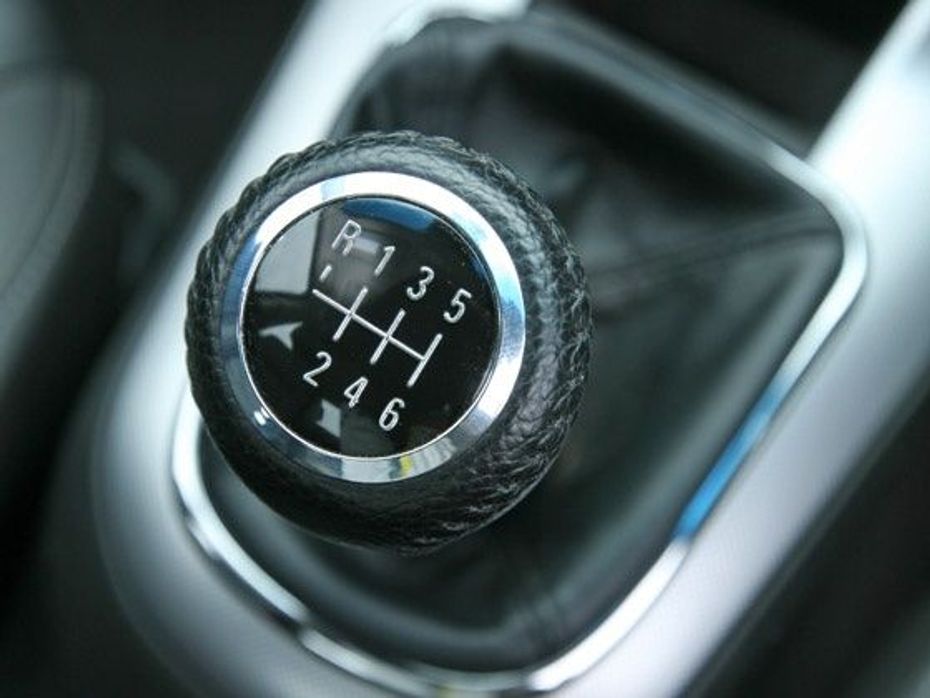
And it’s not just about larger numbers. Not only does both peak power and peak torque come in at much lower rpm, the torque curve is much flatter, and the power delivery more linear. To make optimal use of these figures, the gear ratios in both the automatic and manual transmissions have been revised, with the manual tranny now featuring six forward speeds (from five in the previous one). And although this new powertrain is 12kg heavier than the old one, GM has adjusted the spring rates in the suspension to cope with the overall increase in weight.
So what does all this mean? : NEXT >>
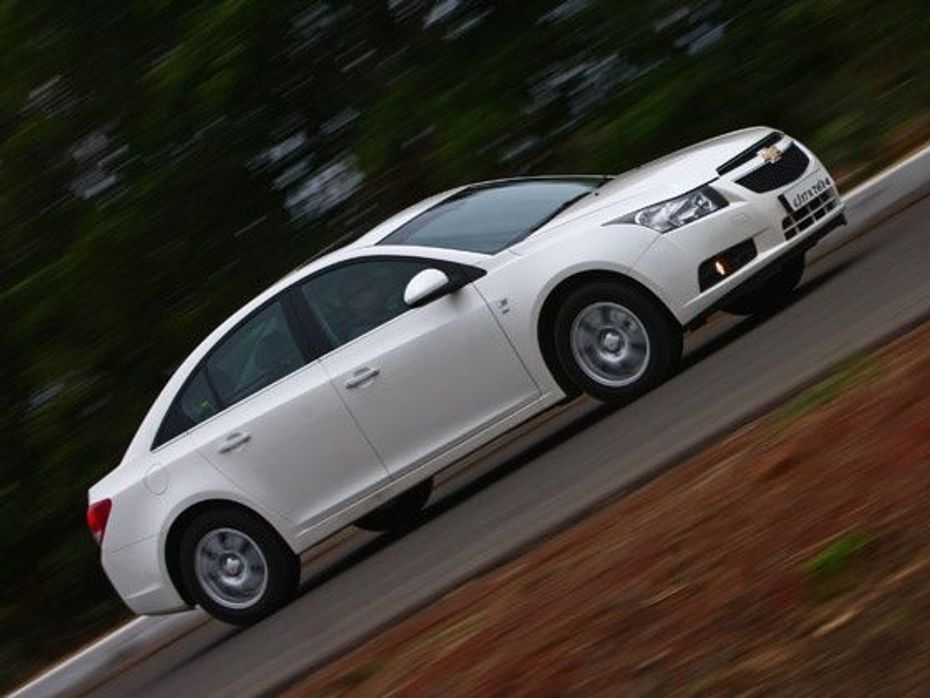
Ok, automotive engineering lesson over. So what do all these changes mean for the Cruze? Firstly, more horsepower and more torque mean an increase in outright straight-line performance. The manual LTZ variant we tested did the sprint from zero to 100km/h in 10.7seconds, knocking almost a whole second off the earlier car. Top speed remains pretty much unchanged at over 200km/h, but we found that with taller ratios in the top two gears, getting there takes a while, and a slightly uphill gradient will make it a little difficult to reach that magic 200 figure (though this seemed to be more of an issue with the automatic ‘box).
But of course, these speeds are not road legal, and what matters most for everyday use is the tractability of the engine. Throttle response has been beautifully sharpened up and there is so much torque available throughout the rev range, that you barely need to downshift even while moving through the urban jungle. But even the act of changing gears has been made much more pleasurable thanks to a shift action that’s as slick as a baby’s bottom. And this means that you’re able to drive easily at lower rpm with lesser changes in throttle input, thereby improving mileage. In our testing cycle, our chief road tester managed to extract 10kmpl in crawling city traffic and 17kmpl on the highway from the manual gearbox’d LTZ. And handling wise, it’s pretty much the same story thanks to the stiffened suspension to cope with the heavier engine. It’s a wonderfully pliant ride and while its ability to go around bends inspires a fair amount of confidence, it wouldn’t be completely justified to call it a corner carver.
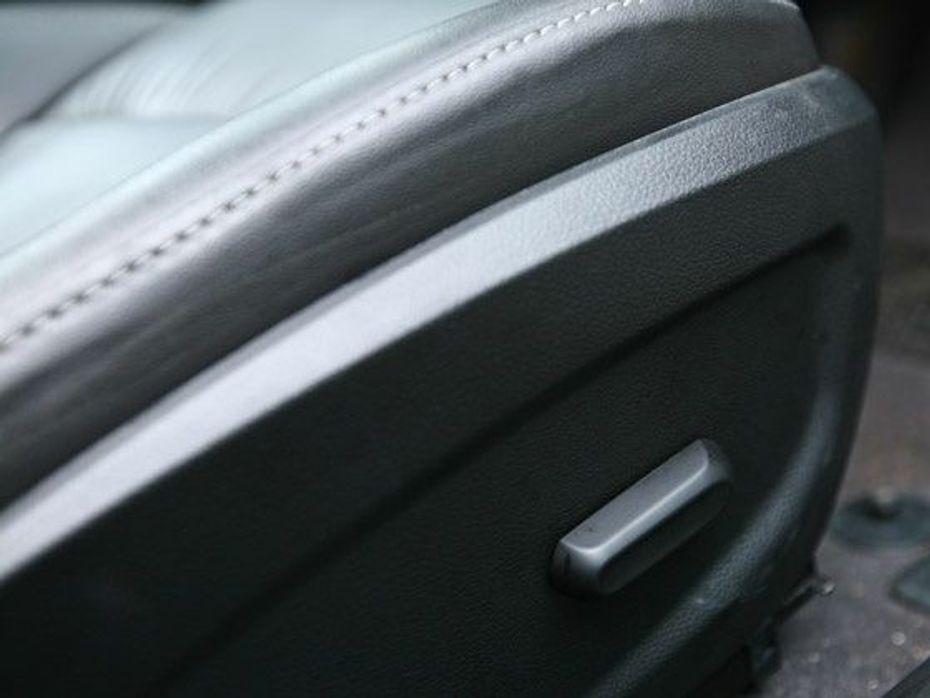
Apart from the brilliant new engine, the Cruze is utterly unchanged, except in two specific areas that is. The first change is easy to spot. The driver’s seat in the top-end LTZ model now gets electrically adjustment for the seat position, tilt and height, although the backrest tilt is still manually adjustable. The second change took me a while to figure out, but made itself clear when I got into the back. The legroom is still about the same as the previous car, but thanks to slight changes in the seat design, now there’s suddenly a lot more headroom, the lack of which was a major point of contention in the previous model. Otherwise, everything is where it always was; even the jet-black interiors introduced last year have been maintained.
So what’s the final word then? Well, the 2012 Chevrolet Cruze remains just as stylish as it was when we first saw it almost three years ago, and doesn’t seem to have aged one bit, feeling as modern as a latest generation mobile phone. On top of that the Cruze now drives much better, and can even give its German rivals a good run for their money in that department. Perfect car, you say? As close to perfection as it can get, we think. Now the only thing that remains to be seen though, is just how much GM expects customers to pay for this near-perfection.
India's largest automotive community